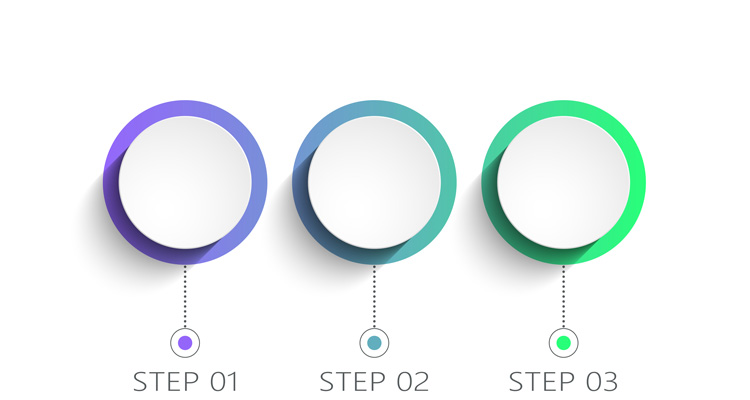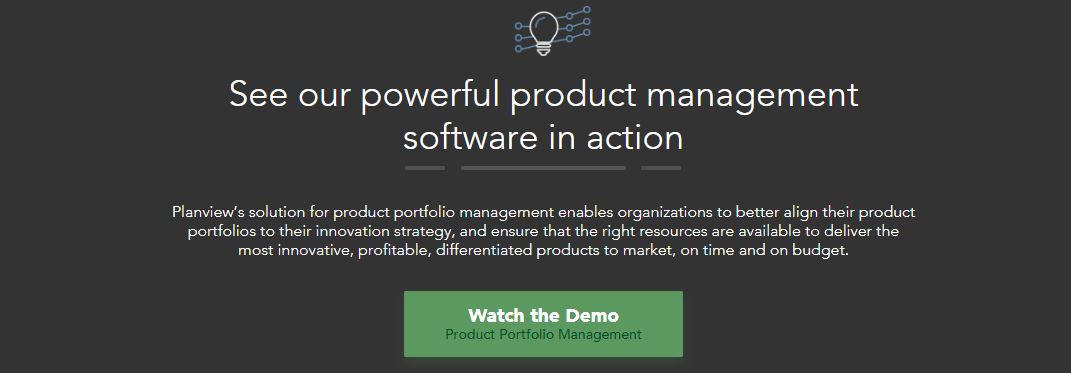
Previously in this series, we discussed leveraging technology to resolve product portfolio challenges. In part seven of our eight part series “The Complexity of Managing Smarter, More Connected Products,” we’re offering recommendations for improving your product development process. Here, we’ll look at how successful industry leaders have focused on the development process to conquer complexity through improved visibility and automation. But first, be sure to catch up on anything you may have missed by clicking through the list below:
- Part 1: The Complexity of Managing Smarter, More Connected Products
- Part 2: Connecting Innovation Investments with Delivery
- Part 3: Managing Product Portfolio Challenges in the Digital Age
- Part 4: Ensuring the Life Blood of Your Business: Data Visibility
- Part 5: Product Development Processes: Changing the Game
- Part 6: Technology: The Key to Solving Product Portfolio Challenges
Part 7: The Digital Transformation: Go All-in or Get Left Behind
In today’s world of work, more money is being invested in innovation. However, companies are missing the opportunities brought up from those investments. Further, they are missing product development targets, and research shows that the product development process is likely to become more difficult, as they lack the will or ability to champion digital transformation.
If organizations do not invest in improving data visibility and automating product development processes using technology, they won’t be able to effectively compete. The Sixth Product and Portfolio Management benchmark study, commissioned by Planview and conducted by Tech-Clarity, offers a glimpse into the behaviors of top performers and offers up the following five recommendations to follow in their footsteps.
- Without internal champions, your organization is setting itself up for failure
Leaders within your organization must also be cheerleaders for innovation investment and creating smart, connected products. The inertia of “business as usual” requires effort in the march toward digital transformation. You must actively mature your product portfolio management tools, processes, and data visibility.
63 percent of top performers revealed that their revenue growth is significantly above average, compared to only four percent of their lower performing competitors.
Leaders must create a clear enterprise-wide, long-term strategic plan, connecting previously siloed data. They need a product portfolio management solution that provides visibility, connects strategy to delivery, and accounts for outcomes that cross departmental boundaries.
- Best practices are paramount
A popular phrase among successful product portfolio managers is: Pick the right projects and do projects right using the right resources at the right time. For digital initiatives, organizations must move beyond traditional portfolio management paradigms. Instead, leaders must pick winning projects and products that are representative of the strategic plan and roadmap, defining what success looks like. Product portfolio management must now connect the strategy directly to the programs, projects, products, applications, services, and technologies required to achieve it.
You should also adopt a gated process, or a homegrown Phase-Gate process that has built-in check points as part of your product development process. This practice enables the elimination of lower-value projects and products early-on to prevent consuming precious resources that could be redirected to high-potential initiatives.
- Dynamic adaptability is no longer a luxury
In an era where agility is required to remain competitive, annual planning is no longer enough. Constantly changing markets, customer demands, and evolving technology is now a business reality. Product leaders must be able to pivot strategy as needed, reprioritizing work as conditions change. Strategies must continually evolve, and leaders must continuously plan as part of an ongoing exercise.
This principle holds true for resource capacity planning and portfolio prioritization as well. Resource planning requires continual evaluation and a willingness and capability to shift and adapt. And while, in theory, this effort can be managed with office tools like spreadsheets, the right technology can make the difference between success and failure. The right PPM solution can provide an on-demand view into the state of your portfolio, ensuring the ability to make quick strategic and tactical decisions.
- There is no substitute for visibility in mitigating risk
To mitigate risk, you must have a clear understanding of your current situation, which is only possible if relevant data is visible and readily accessible. Reporting, analytics, dashboards, and KPIs needed to make timely, well-reasoned decisions must be current, accurate, and actionable. Further, it’s critical that all this data is centralized to a single place—only then can you act on it quickly.
The benefit doesn’t end at being able to act quickly, though. The right data also provides the ability to look forward, predicting potential roadblocks or risks, while simultaneously giving you access to opportunities. With ready access to critical data, you can identify potential opportunities you might have missed and pivot your organization quickly enough to exploit those opportunities.
- Drive innovation and your move to the digital transformation with technology
The one take-away this study has indicated time and again is that technology is the key to managing the scale of digital initiatives. No longer can the appropriate data and analyses be gleaned from manual or outdated tools. From ideation to in-market product analysis, purpose-built PPM technology is the foundation for digital transformation. Without it you cannot adequately support best practices and processes at each stage of your product development process.
Such technology provides the visibility needed across the organization, combining data and applications, which are usually spread among multiple interfaces, into a single point of reference.
Follow this eight-part series regarding the discipline and importance of PPM to transform your organization into a top performer like those we’ve described. In the last installment of this series, we’ll discuss best practices and next steps to successfully make that leap.
Also, don’t forget to read the full benchmark report “The Business Transformation Required to Innovate in the Digital Era” and to register for the webinar, “The Surprising Secrets to Delivering Smarter, More Connected Products,” to learn more.





